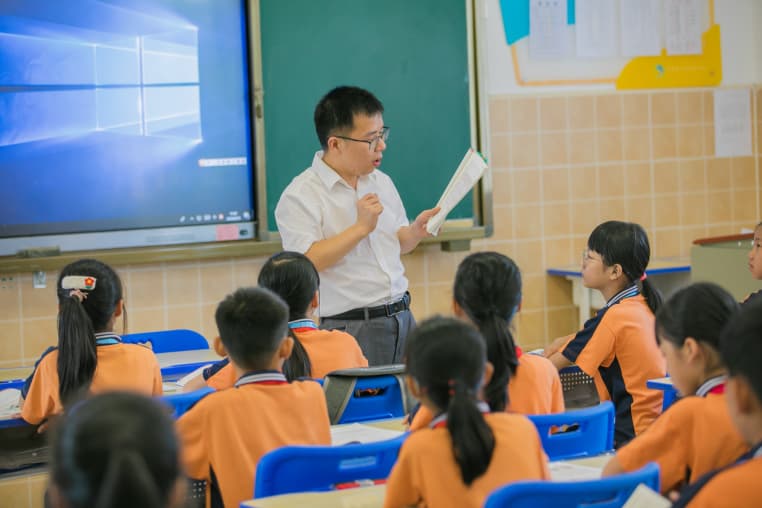Chinese students are often in the limelight for their academic prowess, discipline, and study dedication. These qualities have led many to wonder how they can learn to emulate such a successful approach to learning. The article aims to offer an in-depth look into the strategies employed by Chinese students and how you can adapt these methods to achieve similar academic results.
A Culture of Discipline and Structure
Chinese culture places a high value on education, evident in the disciplined and structured approach to learning exhibited by Chinese students. To have discipline and learn like Chinese is not merely about following rules but encompasses a lifestyle that promotes academic achievement.
Time Management and Prioritization
In China, the school day frequently starts early and ends late, leaving students with limited spare time. Chinese students employ meticulous time management and prioritization techniques to excel in their studies. Activities are planned, and schedules are religiously adhered to. This level of organization minimizes procrastination and ensures that the most important tasks are completed.
Controlled Environment
Creating an environment conducive to learning is another crucial factor. Chinese students limit distractions by setting aside a quiet, organized space solely for studying. Electronic devices and social media are often restricted to ensure focus and concentration.
Balanced Learning and Active Engagement
A disciplined approach alone is insufficient for academic success. Chinese students also employ a balanced methodology that combines various learning strategies.

If you want to study like Chinese, note that it effectively requires adaptability and the ability to pivot one’s approach when necessary. Chinese students are taught to be flexible learners. They are encouraged to experiment with different techniques and methods to find out what works best for them. Whether tweaking their study schedules or incorporating new learning technologies, they remain open to change, constantly adapting to optimize their study routines.
By adopting a more balanced and actively engaged learning approach, Chinese students ensure they are well-rounded and prepared for the varied demands of academic life and beyond. This comprehensive strategy is integral to their success and can benefit students worldwide looking to improve their academic performance.
Active Recall and Spaced Repetition
Active recall involves retrieving information from memory, which is a more effective study strategy than simply rereading the text. Spaced repetition involves revisiting material at increasing intervals over time, which aids in long-term retention. Chinese students frequently combine these techniques to ensure a deep and lasting understanding of their subjects.
Interactive Learning
While rote learning is sometimes necessary for subjects that require memorization, Chinese students also engage in interactive learning sessions. It includes group discussions, presentations, and real-world problem-solving tasks that deepen their understanding and sharpen their skills.
The Role of Family and Community
The support network around the Chinese students is extensive and involves not only the teachers but also the parents and even the community at large.
Parental Involvement
Parents in China often invest a great deal in their children’s education, both in terms of time and resources. From arranging extra lessons to spending time helping with homework, the involvement is intense and regularly contributes to the children’s success.
Peer-to-Peer Learning
Learning is considered a collective endeavor rather than an individual pursuit. Chinese students often study in groups and even have study partnerships to quiz each other, solve complex problems together, and provide mutual motivation.
Well-being and Resilience
Known for their rigorous study schedules, Chinese students also care about their well-being.
Physical Exercise
Physical activity is typically incorporated into the daily routine, which is believed to improve mental function and overall well-being.
Resilience and Mental Strength
Chinese students are also taught the value of resilience and mental strength. Failing is viewed as an opportunity to learn like Chinese and improve, which takes away the stigma associated with it and encourages a positive attitude towards challenging academic tasks.
Conclusion
To learn like Chinese students, you need a complex interplay of discipline, structure, active engagement in learning, a strong support network, and attention to well-being. This holistic approach enhances academic performance and contributes to personal growth and development. While the lifestyle and cultural differences may present a challenge, the core principles can be universally applied to attain academic success.
